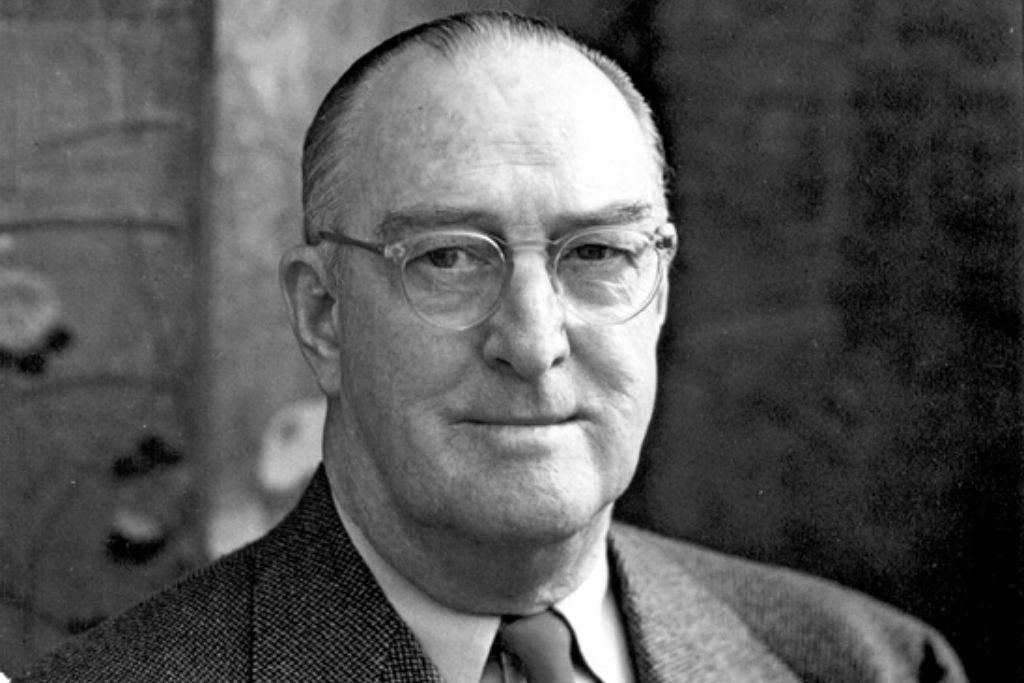
Whilst the name Boeing may be synonymous with the multinational company that bears his name, few know the name of William E. Boeing, the man who established the company well over 100 years ago.
But this isn’t all he founded.
Aside from the aircraft manufacturer that still bears his name, William E. Boeing also established United Airlines and United Technologies (recently merged into Raytheon Technologies) and played a huge role in engine maker Pratt & Whitney’s corporate history!
Indeed, he got so big and so powerful that he got the attention of the federal government and had his empire dismantled. Then, he walked away from it all…
Early Life
Immigrating to the US in 1868, Wilhelm Böing came from a wealthy family in the town of Hohenlimburg, now part of the larger city of Hagen, in the state of North Rhine-Westphalia and had served in the Prussian Army during the Austro-Prussian War of 1866.
However, his move to the US was not well received by his family, who refused to support him.
Arriving in the US, Wilhelm Böing was penniless and worked a series of odd jobs just to survive, including as a farmhand, hardware store clerk and lumberman.
It was at this latter job where Böing met his boss, Karl Ortmann, an Austrian immigrant from Vienna, and his daughter, Marie. Soon becoming her father’s star employee, Wilhelm and Marie grew close and the two began courting (dating).
After five years of dating, Wilhelm Böing and Marie Ortmann married, and Marie gave birth to the couple’s first and only son, William Edward Boeing, on October 1 1881.
Despite being proud of their German heritage, they anglicized their surname from Böing to Boeing (as the “ö” is an “oe” sound in German) for their son to give him better social mobility due to rampant anti-German sentiment present at the time.
Not long after he married Marie, Wilhelm got into business for himself, making a small fortune in the lumber and iron ore trades in Minnesota, before expanding into banking, insurance and the (lumber) manufacturing industries too.
Whilst on a business trip to New York in 1890, Wilhelm contracted influenza and died. William, then only eight, was left without the father he’d always adored.
In 1894, at the age of 13, his mother sent away to boarding school in Vevey, Switzerland, returning to attend a prestigious prep school in Boston, and enrolled at Yale in 1900 where he studied engineering at the Sheffield Scientific School.
Entering The Lumber Business
Enrolled on a three-year course, William E. Boeing dropped out at the end of his second year to enter the lumber business, determined to follow in his father’s footsteps.
Moving westward to Washington, William moved to the town of Hoquiam near Grays Harbor, where his father had owned acres of timberland which he’d now inherited.
Establishing the Greenwood Timber Company to hold this timberland and his logging business for him, William began shipping his lumber to the East Coast (who were in constant need of more timber) via the newly built Panama Canal.
Only in his early twenties, William E. Boeing had already made a small fortune shipping from the lumber trade and began using this fortune to acquire competitors and/or establish equally profitable side ventures.
By far his most notable side venture was a Seattle-based shipbuilder that specialized in producing wooden yachts, which William first encountered trying to buy himself a yacht. He subsequently used it to build himself that yacht.
Owing to his many business holdings, Boeing attended the 1909 Alaska-Yukon-Pacific Exposition where he first saw a manned flying machine take flight.
Although he failed to purchase a flight on the aircraft, William Edward Boeing’s life would never be the same again.
So fascinated with flying, Boeing signed up for flying lessons at the Glenn L. Martin Flying School in Los Angeles and purchased a Martin TA floatplane for his personal use. Boeing even hired a small team to keep his aircraft well maintained too.
Receiving the aircraft a few months later, Boeing’s team made several adjustments to the aircraft, such as adding a new pontoon, which didn’t prevent it from crashing into Lake Washington in fall 1915.
Founding Boeing
Unimpressed with the aircraft he’d purchased, William E. Boeing became convinced he could build a better one. Partnering with his friend Lt. George Conrad Westervelt, a US Navy engineer, the pair designed the B & W Seaplane.
Built using wood from Boeing’s timberlands and by woodworkers at the shipbuilding company he owned, the first B & W Seaplane was completed in June 1916, although Lt. Westervelt had been transferred to the east coast by the Navy before it was complete.
Following the success of the B & W Seaplane’s first flight, and Boeing hiring a Chinese aeronautical engineer, Wong Tsu, to replace Westervelt, William E. Boeing chose to make aircraft manufacturing another one of his businesses.
To that end, he formally incorporated Pacific Aero Products Co. on July 15 1916, hiring 30 employees and converting his shipyard into an aircraft factory. Once the US entered WWI in 1917, William changed the company’s name to the Boeing Airplane Company.
Though the B & W Seaplane was better than other seaplanes that came before it, the US Navy wasn’t interested in it. Undeterred, Boeing ordered Wong Tsu to design another amphibious biplane for the US Navy.
What resulted was the Boeing Model C, which impressed the US Navy so much that they placed an order for 50 Model Cs
